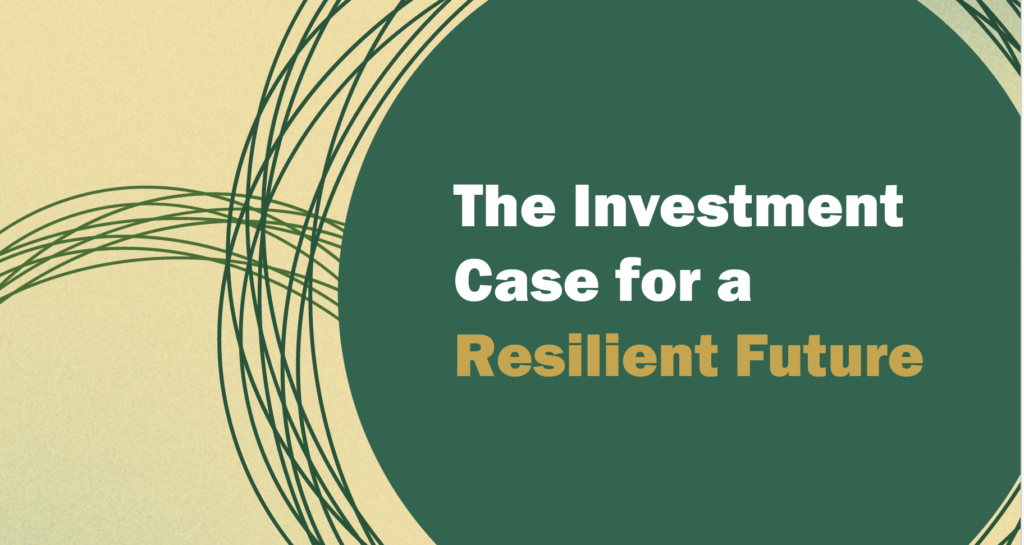The Investment Case for a Resilient Future

In only the last fifteen years the world has faced a global recession, a pandemic, and – more recently – an energy crisis. Global interconnectedness, climate change, biodiversity loss, rising social inequality, new technology, and geopolitical tensions are likely to increase the frequency of further shocks in the future.
Resilience is critical to managing, mitigating, learning from, and adapting to these shocks. However, there is currently a gap in the way the private sector and capital markets account for resilience-related risks. Not only does insufficient investment in resilience limit the world’s ability to respond to shocks, but it also places investors’ assets at a higher risk. As global shocks increase in frequency and magnitude, these assets become more exposed. At a systemic level, the existing policy frameworks, market-based incentives, penalties, and regulations are inadequate in promoting the integration of resilience into corporate planning and investor portfolios.
Financial institutions can effectively reduce this exposure by operationalising and integrating resilience into their investment decisions. This brief highlights the importance of resilience for financial institutions, provides a guide for integrating this definition of resilience, key asks and actions, as well as examples of best practice.